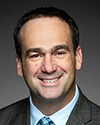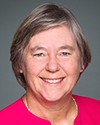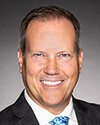To begin, we believe in the precautionary principle, as an example, so when you don't know, why keep approving? But that's what we see. We're sacrificing a lot of our traditional territory for the benefit of all Canadians with the economic opportunities from the development of the tar sands...oil sands.
I think my colleague spoke about free, prior, informed consent. There have been failures within consultation. I participated in over eight regulatory hearings where we voiced our concerns, and approval after approval neglected to include our traditional knowledge or really incorporate our concerns.
I think there could easily be thresholds identified and protected areas established in terms of how much wildlife needs to be impacted and what the quality of the water is.
I'll give you the example of the Athabasca River when Alberta developed the framework on how much water could be extracted for extracting bitumen. It's very intensive raw water use, and all of that comes from the Athabasca River. They incorporated a threshold only looking at how much water fish and fish habitat need. The federal government was involved with that through the DFO. Nobody asked our community how much water the Mikisew need. They did not say, “You navigate the river and you drink the water. How much do you need?”
Thresholds like those that include our concerns and our indigenous knowledge.... We actually came up with a threshold. We called it our aboriginal base flow, and now we monitor, and we're seeing a decline in an aboriginal base flow that is impacting our navigation and our ability to exercise our treaty rights.




